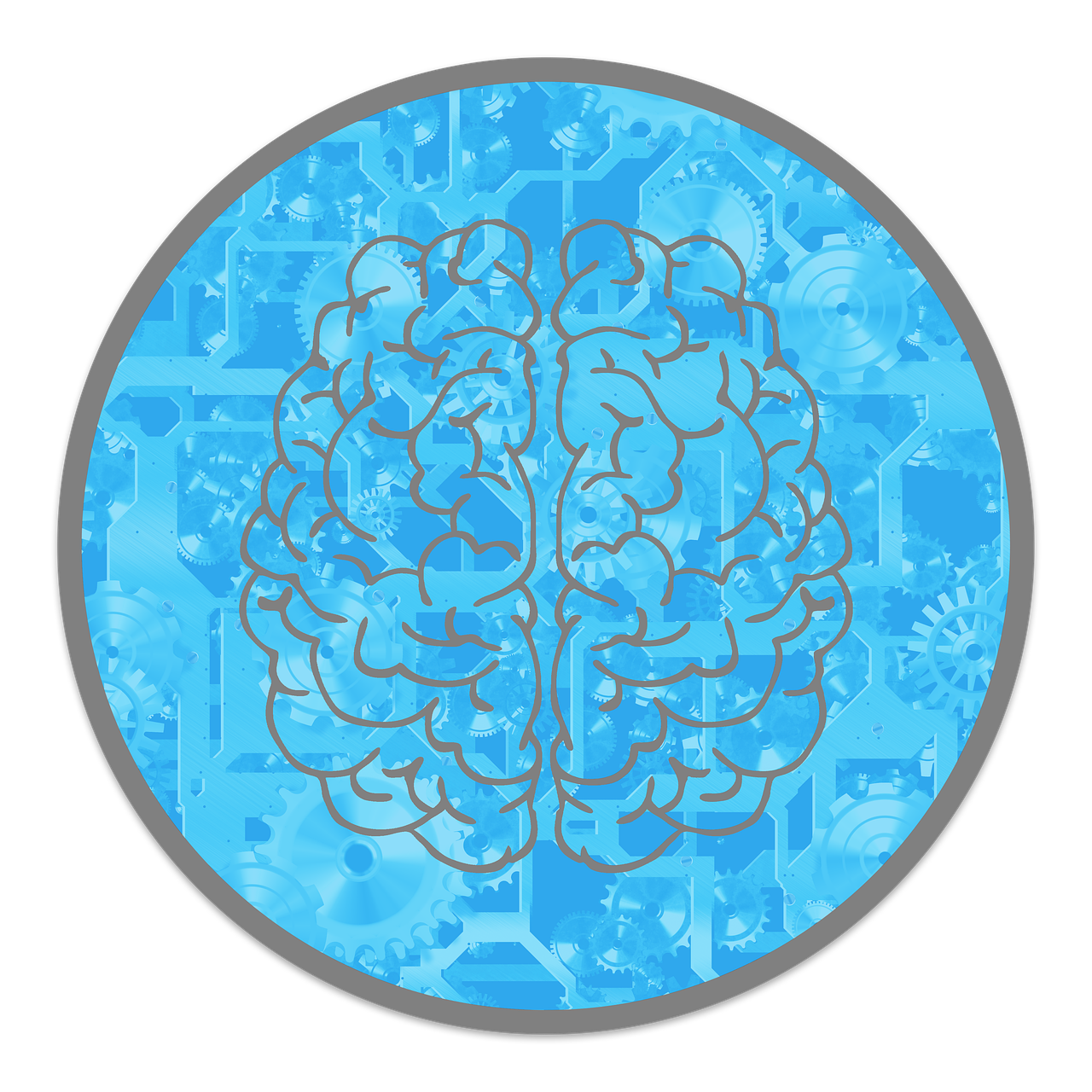
Ever wonder why some people dream up billion-dollar apps or Grammy-winning albums while the rest of us stare at blinking cursors?
The secret’s in the brain—specifically, its wild, complex wiring.
In this quick dive, we’ll break down how your brain’s design fuels creativity.
Backed by brain science (and a few fun facts), you’ll see what makes ideas flow—and how to spark more of your own.
No PhD required. Just bring your curiosity (and maybe some caffeine).
What Is Brain Complexity?
Before we talk creativity, we need to talk brainpower—not just the wattage, but how the wiring works.
Brain complexity is basically your brain’s ability to act like a super-organized jazz band: tons of unique players (neurons), all doing their own thing, yet somehow in sync.
It’s about how neurons connect, how their activity patterns change, and how flexibly your brain adapts to new stuff.
Key Features of a complex brain
- Tons of connections between brain areas—especially the frontal cortex, your inner CEO.
- Super-efficient communication—think Wi-Fi, not dial-up.
- Just the right amount of chaos—not too rigid, not a total mess.

Creativity: More Than Just Artistic Talent
Let’s clear something up—creativity isn’t just about painting sunsets or writing moody poetry in a coffee shop.
It’s also not about inventing apps, cracking science puzzles, or pitching that startup idea that could rival the next Uber.
At its core, creativity = making stuff that’s new and useful.
Not just novelty for novelty’s sake (looking at you, glow-in-the-dark avocado slicer).
The Four Brainy Pillars of Creativity:
- Originality – Think fresh. If it’s been done a million times, try a remix.
- Fluency – Idea machine mode: how many concepts can you generate?
- Flexibility – Can you switch gears fast, like your brain’s in “Stranger Things” Upside Down mode?
- Elaboration – Going full Sherlock, adding depth, details, and layers.
Neuroscience shows these creative superpowers all link back to brain complexity.
The more flexible and well-connected your neural network, the better your brain is at cooking up genius-level ideas on the fly.
Neuroscience of Creativity: What Happens in the Brain?
Thanks to brain scanners (and a few brilliant scientists), we now get to peek into the brain while it’s being creative.
Think of it like watching the Avengers assemble—only inside your head.
The brain’s creative dream team
Default mode network (DMN)
This is your “shower thoughts” network.
It kicks in when you’re daydreaming, reflecting, or pulling random memories out of nowhere.
It’s where wild ideas are born.
Executive control network (ECN)
Your inner editor. It focuses, filters, and decides if your lightbulb moment is genius… or just weird.
Salience network (SN)
The brain’s switchboard. It decides which network needs the mic and when.
Basically, it’s the DJ flipping between stations. 🎧
Brain regions in the creative spotlight
- Prefrontal Cortex – The mastermind. Handles decision-making and brainstorming.
- Temporal Lobe – Where your memory and random associations hang out (like remembering penguins while writing a sci-fi novel).
- Anterior Cingulate Cortex – Spots mental roadblocks and helps your brain take creative detours.
Study Spotlight
A 2015 study by Beaty et al. found that people who scored higher on creative tasks had stronger connections between the DMN and ECN—meaning, yes, your inner dreamer and your inner critic need to play nice to make magic.

Brain Complexity Enhances Divergent Thinking
When it comes to creative thinking, a little mental chaos is actually a very good thing.
Scientists call it divergent thinking—aka, your brain’s ability to riff, remix, and run wild with ideas.
And guess what fuels that ability? Brain complexity.
- Mental agility: Complex brains can flip between ideas like you’re scrolling TikTok at 2x speed.
- Associative powers: They make random connections—like linking mushrooms, metaphors, and AI in one sitting.
- Rapid adaptation: New idea? No problem. A flexible brain runs with it.
A 2021 study in NeuroImage showed that folks with higher creativity scores had more variable brain activity—think jazz improv, not sheet music.
That variability = complexity = creative gold.
The Role of Chaos and Order in Thought
Creative brains don’t live in total order or full-on chaos—they chill at the edge of chaos (yes, that’s an actual scientific term, not a Marvel villain’s origin story).
This sweet spot is called criticality, and it’s where the real magic happens:
- Idea generation needs randomness.
- Idea refinement needs structure.
- Innovation needs both—working together like Sherlock and Watson (or Loki and Mobius, if you’re MCU-inclined).
The Santa Fe Institute says this edge-of-chaos state is where complex systems—like your brain—can be both creative and stable.
How Intelligence and Creativity Interact
Think of intelligence and creativity like Batman and Iron Man.
Both are brainy heroes, but they play different games.
- Intelligence = logic, memory, solving a Sudoku before breakfast.
- Creativity = turning a paperclip into a spaceship.
They’re not identical twins—but they are roommates.
And what connects them? Brain complexity.
How Brain Complexity Powers Both
- Cognitive flexibility = mental gymnastics
- Problem-solving agility = Sherlock-level deduction
- Adaptability = thriving in chaos like Tony Stark in a cave with a box of scraps
Fun Fact: Einstein’s brain had more glial cells (brain support staff) and a beefed-up corpus callosum—the bridge between hemispheres. Basically, his brain was a neurological co-op of

Boosting Brain Complexity to Fuel Creativity
Good news: you don’t need to be born a brainiac to boost creativity.
You can train your brain to be more flexible, adaptable, and inventive.
How? By keeping it curious, challenged, and well-fed (mentally and physically).
Practical strategies to enhance creativity
- Mindfulness – Quiet the noise, boost your Default Mode Network (DMN = your brain’s imagination station)
- Try new stuff – Travel, cook weird recipes, talk to strangers. Novelty = new neural pathways
- Strategy games – Flex your brain like it’s doing mental yoga
- Mind maps – Think Sherlock’s “mind palace,” but on paper
- Learn an instrument – Literally connects both sides of your brain (hello, harmony)
Biohacks for brain complexity
- Cardio – Grows your hippocampus. Basically Miracle-Gro for memory.
- Deep sleep – Where ideas simmer into brilliance
- Intermittent fasting – Not just for abs; it may spark neurogenesis (yes, new brain cells are real)
Final Thoughts: Complexity Breeds Creativity
Creativity isn’t magic—it’s just your brain flexing its complexity muscles.
The more connected and flexible your brain is, the better it can cook up fresh, weird, genius ideas (think less “work harder,” more “channel your inner Tony Stark”).
Want more creative juice? Mix things up. Try new stuff. Move. Sleep.
Think weird thoughts in the shower. That’s how the brain builds new connections—and where “aha!” moments live.
Bottom line? Creativity = brain gains. Keep it flexible. Keep it fun. Keep it weird.


